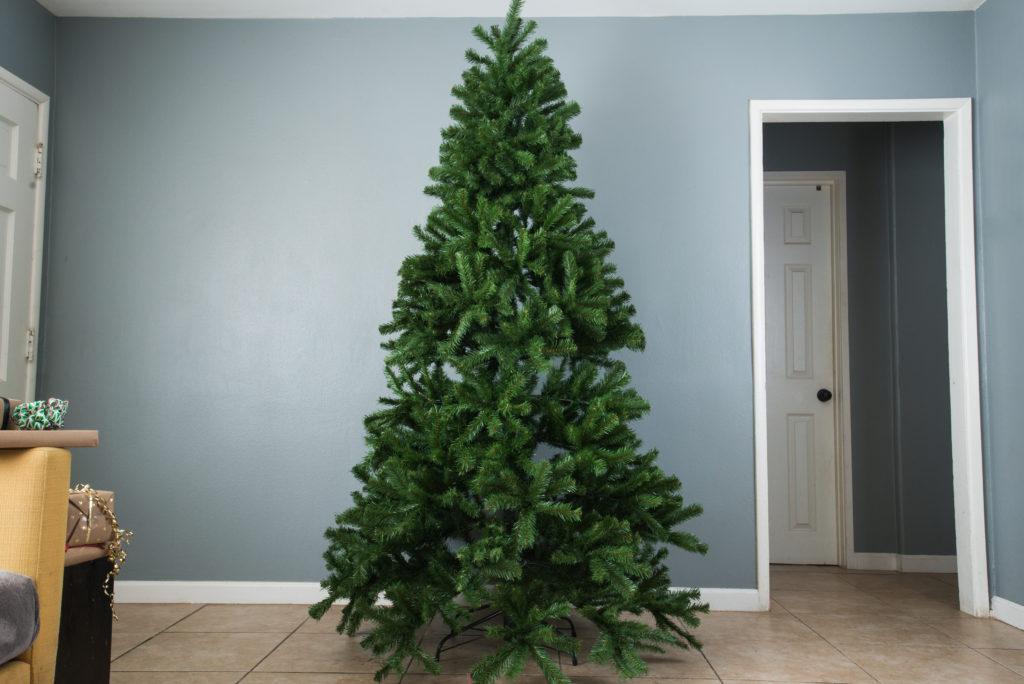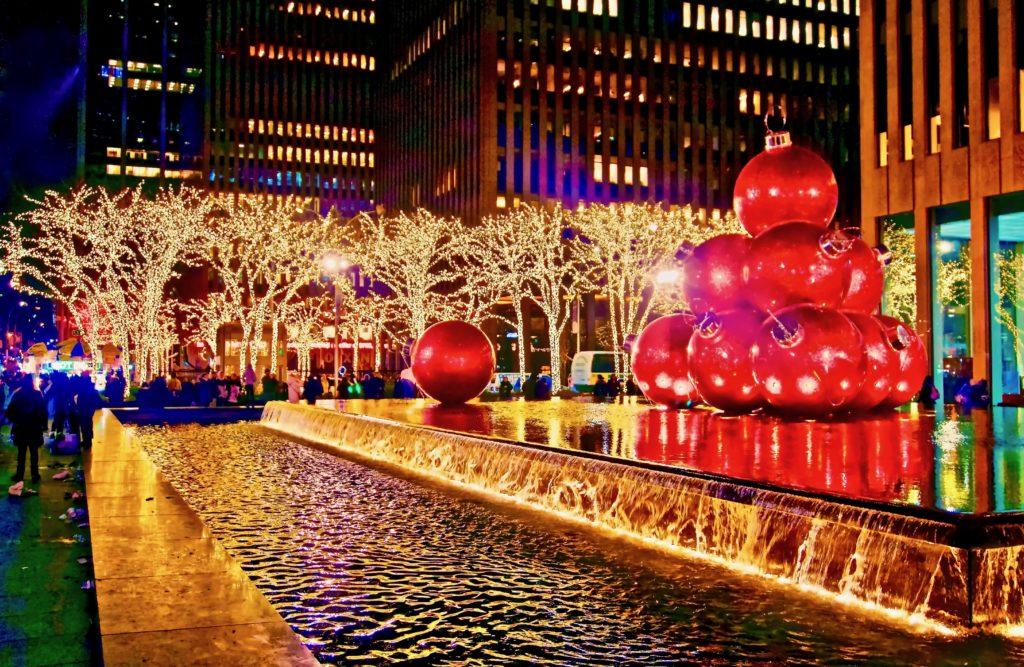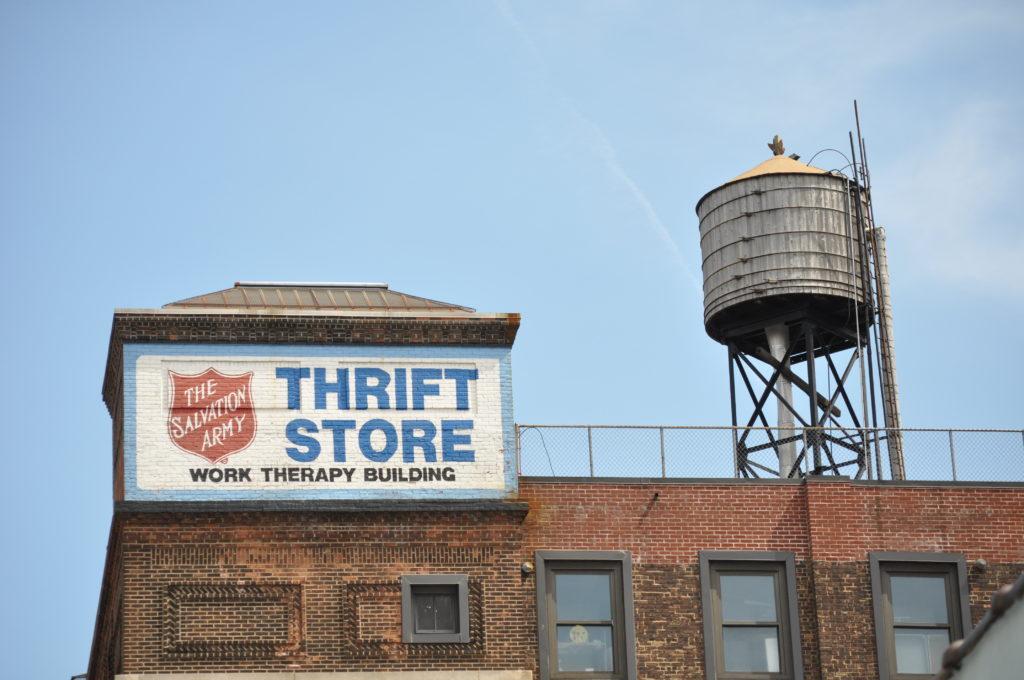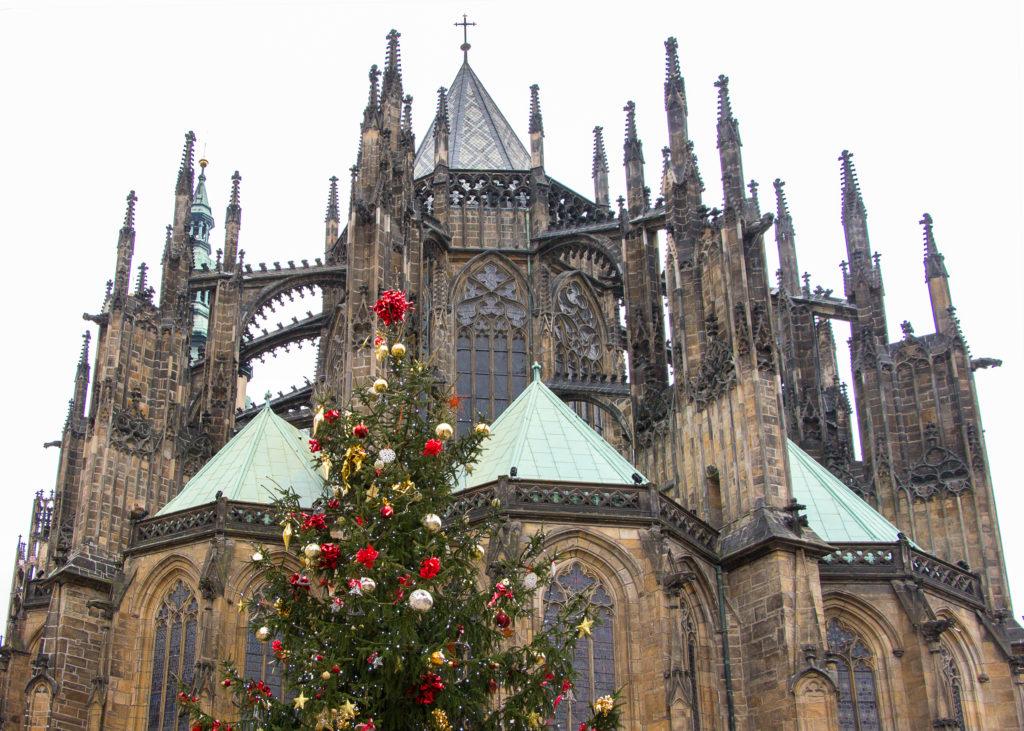Every year at Christmas, families hang ornaments and glittering lights from their Christmas trees. To a lot of people, Christmas just wouldn’t be Christmas without a tree. But people obtain their trees differently. Some people get into their cars and drive to find a natural tree to either cut it down themselves or purchase it. Others, however, simply pull their artificial tree out of their closet and assemble it. Which way is better? Are artificial trees or natural trees better for the environment? Which looks the best? Is one safer than the other? Before buying a tree, whether real or natural, consider the benefits and drawbacks to both.
Environmental effect
While artificial trees are initially worse for the environment than real trees, they do have an advantage in the fact that they can be reused. If a family reused an artificial tree for around nine years, the environmental impact of the tree will be less than if that family bought a new, real tree every year for nine years. However, it’s worth noting that the effect that Christmas trees have on the environment is honestly rather minimal either way.
If you buy a real Christmas tree, consider how far you’ll have to drive to get it. Cutting down that drive time is a much better way to protect the environment. Real-tree owners should also try to recycle their trees after the holidays, as they can be used in natural products like mulch. Owners of artificial trees should consider donating their tree if they choose not reuse it in the following years.
Aesthetics
Many people find the smell that natural trees give off an essential part of the Christmas feeling. Walking in to a house smelling of pine needles signals Christmas to many. Plastic trees do not have that same effect, which could pose as a turn off to some people.
In terms of looks, the trees are practically identical. While the plastic tree may feel less real, it sure doesn’t look it. Plastic and real trees look the same, but the pine smell of a natural tree dubs the natural trees the winner in this category for many.
Affordability and practicality
Real trees are more high-maintenance. The family has to refresh the tree’s water once a day, clean up the needles that the tree sheds, and dispose of the tree at the end of the year. Artificial trees are much easier to set up and keep, and can simply be put away at the end of the season. No contest, artificial trees are the easiest to keep.
Additionally, artificial trees are cheaper after several years. According to the American Christmas Tree Association (ACTA), the average cost for a real tree is $45, and $80 for an artificial tree. This, however, doesn’t account for the reusable aspect of artificial trees, meaning that the family doesn’t have to pay for a new tree each year.
Allergies and health
When it comes to deciding a more health-conscious Christmas tree, the choice is not as obvious as it may seem. Some people are allergic to pine sap, and real trees can harbor dust, mold, and pollen, all of which can trigger allergies and asthma. Artificial trees aren’t a perfect alternative, however, because they often carry dust and mold as well. Many artificial trees are also made of PVC, which can emit toxins.
Whether you choose a real or artificial tree, it’s a good idea to wash it before setting it up in your home. This will help remove a lot of dust and mold. If you want a real tree, but allergies are an issue, try a type of tree other than the classic pine. The Leyland Cypress, for example, is a hybrid tree that doesn’t produce any pollen, which is great for people with allergies.
If you instead choose to buy an artificial tree, consider purchasing a tree made of polyethylene (PE) instead of PVC. While they are more expensive, trees made of polyethylene release less harmful gas than those made of PVC. Also, artificial tree owners should consider buying their tree early and setting it up somewhere less crowded, like a garage, so that it can release most of its gasses without bothering anyone.
Moreover, older artificial trees may contain lead and other dangerous chemicals that may cause sickness. According to the RTK Environmental group, in 2002, 4 out of 5 artificial trees contained lead dust. Real trees do not pose risks of lead poisoning.
Safety
Are real or artificial trees more likely to catch fire? According to the National Fire Protection Association, the risk may be equal. There are a lot of factors that can contribute to a Christmas tree fire. A dead natural tree that is dry and brittle is significantly more likely to catch fire than one that is well-watered and alive. Watering your natural tree constantly can greatly reduce the probability that your tree will catch fire.
Artificial trees also pose risks. While there are protections in place which limit the size of the more dangerous pre-lit trees, the plastic can catch fire more rapidly than a well-watered real tree. Additionally, both real and artificial trees can be coated in flame retardant sprays. As long as you don’t overload the electrical sockets near the trees and place your trees in a well-ventilated area to slow the spread of fire should it catch, you shouldn’t worry too much about fire.
Overall, we can’t tell you which tree to buy. It all depends on your family’s needs and restrictions. A family with a child who is allergic to pine needles or a family who doesn’t have the time to keep a natural tree fresh may prefer an artificial tree. A family who craves the pine smell of a real tree or has a tradition to buy a tree every year may purchase a real tree. Both are valid options for a happy Christmas.
“Artificial Christmas tree” by Your Best Digs on Flickr is licensed under CC BY 2.0. No changes were made to the original image. Use of the image does not indicate photographer endorsement of the article. For the full license, click here.












